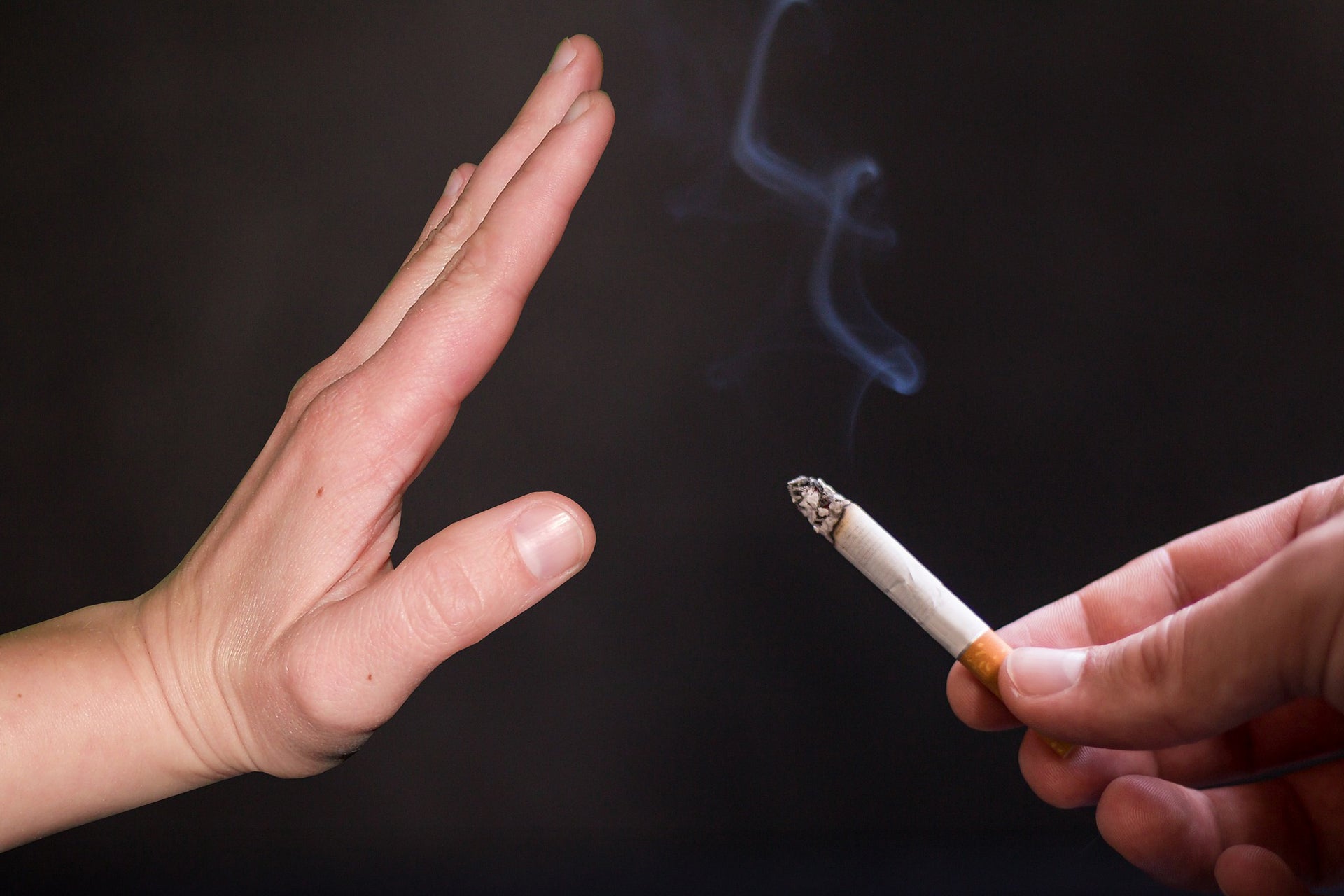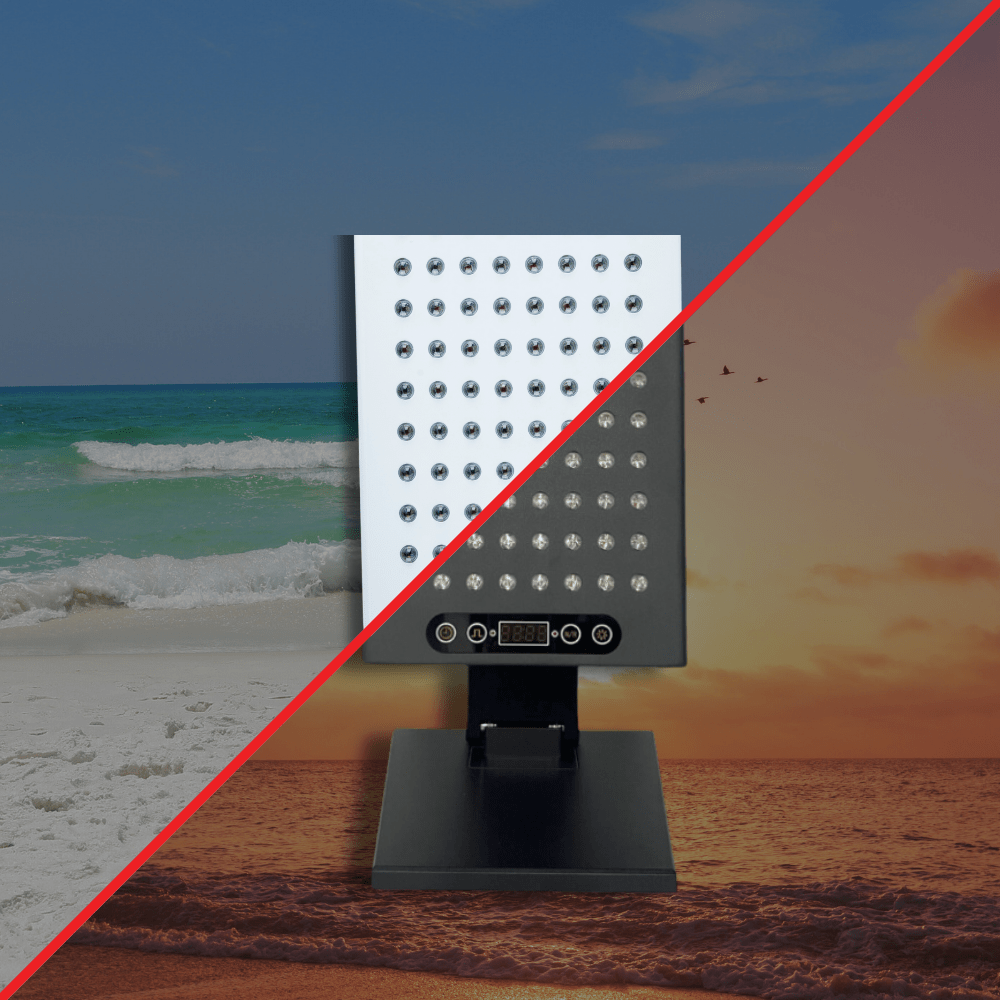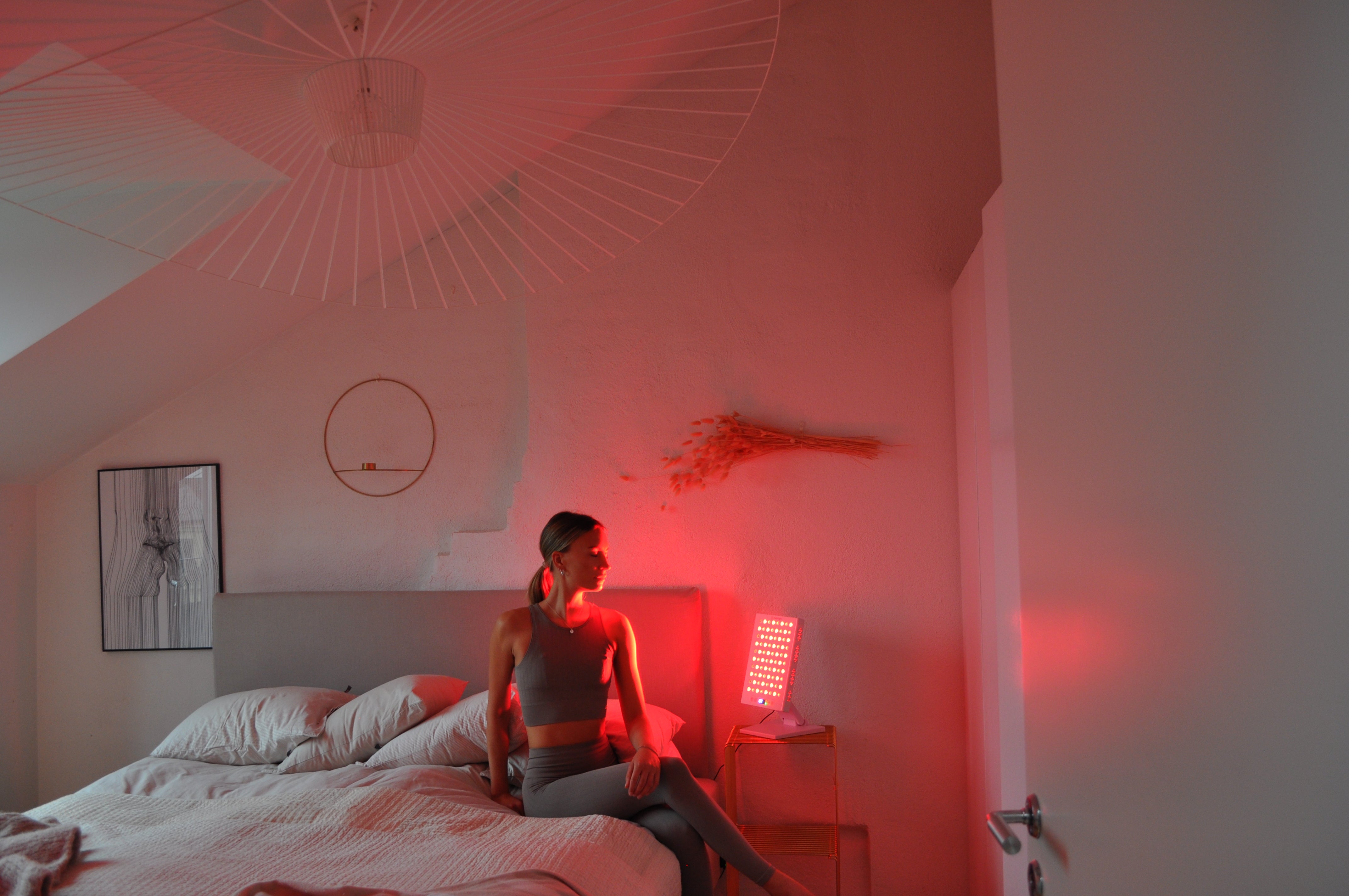Perhaps the headline surprises you? Can RLT help with addiction problems? Yes, there is much to suggest that. We all have relatives, friends, or acquaintances struggling with some kind of addiction, and maybe you are affected yourself. Since addictions can be immensely destructive to a person's life, all available means should be considered.
Some drink too much alcohol, others pop pills, some abuse sex while some shop away the month's household budget in a few hours. Others get stuck in gaming to such an extent that work and education suffer, while some have completely different demons demanding attention. It is human to develop dependencies as they are based on survival instincts, but when life becomes distorted and we do not feel well, these instincts can degenerate into a potentially life-threatening situation.
RLT should be seen as a complement to other treatments and it can of course vary depending on what triggers the addiction. In a study of 53 alcoholics, it was observed that 20 treatments spread over as many days affected their well-being and increased endorphin levels in the blood (1). Specifically, an increase in endorphin levels logically can take the edge off cravings, which could also apply to heavier drugs (opiates) and food/sugar. Thus, the treatment did not remove the addiction, but it made it a little easier to resist it. Cravings for opiates have also been shown to decrease with red light therapy, and in those cases, the brain was treated directly (2, 3, 4). These studies also noted reduced anxiety and less depression, without any side effects. Even those who are not addicted to, for example, sugar—there are clear psychological criteria for that—may be "sugar habituated" and eat too much of it. Perhaps you sometimes comfort eat and are surprised when the newly opened package of Ballerina cookies suddenly runs out? Some might stop by the nearest convenience store for a meatball sandwich or focaccia, not because they are hungry but because it tastes good. For these people, I also believe that RLT can have a function as it calms, provides endorphins, and gives us satisfaction without external stimuli.
- Jadwiga Zalewska-Kaszubska 1, Dominik Obzejta. Use of low-energy laser as adjunct treatment of alcohol addiction. Lasers Med Sci. 2004;19(2):100-4. doi: 10.1007/s10103-004-0307-9.
Use of low-energy laser as adjunct treatment of alcohol addiction – PubMed (nih.gov)
- Fredric Schiffer 1 2 3, Alaptagin Khan 2 3, Elizabeth Bolger 2, Edward Flynn 1, William P Seltzer 1, Martin H Teicher 2 3. An Effective and Safe Novel Treatment of Opioid Use Disorder: Unilateral Transcranial Photobiomodulation. Front Psychiatry. 2021 Aug 10;12:713686. doi: 10.3389/fpsyt.2021.713686. eCollection 2021.
- Fredric Schiffer 1 2, William Reichmann 3, Edward Flynn 1, Michael R Hamblin 4 5, Hannah McCormack 1. A Novel Treatment of Opioid Cravings With an Effect Size of .73 for Unilateral Transcranial Photobiomodulation Over Sham. Front Psychiatry. 2020 Aug 19;11:827. doi: 10.3389/fpsyt.2020.00827. eCollection 2020.
- Fredric Schiffer 1. Unilateral transcranial photobiomodulation for opioid addiction in a clinical practice: A clinical overview and case series. J Psychiatr Res. 2021 Jan;133:134-141. doi: 10.1016/j.jpsychires.2020.12.004. Epub 2020 Dec 3.
Author: Fredrik Paulún
The studies and research presented here are conducted by independent researchers and institutes. Nutrilight does not fund these studies and has no connection to their execution. These studies generally concern photobiomodulation and are not specifically related to Nutrilight's products.






Share:
Can you treat autoimmune diseases with light?
RLT and blood pressure